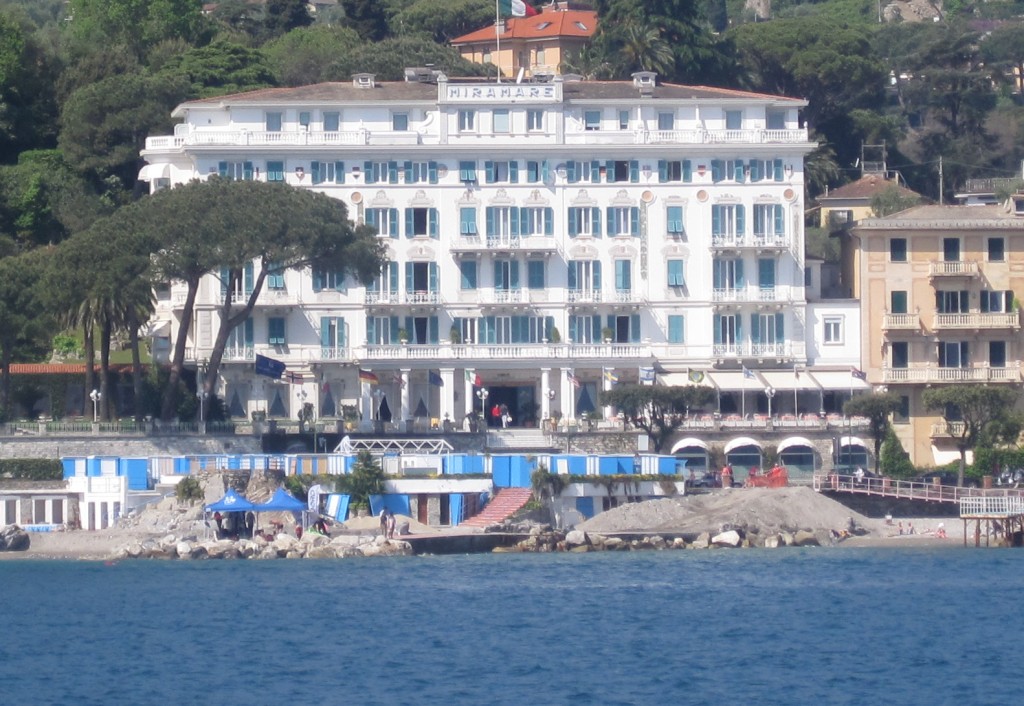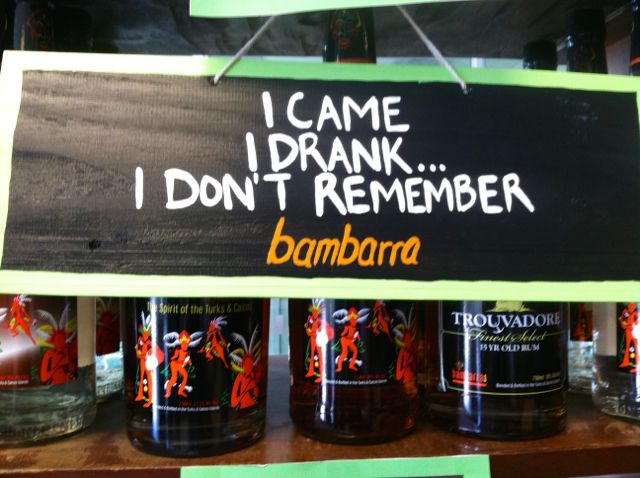When I founded Go Eat Give in 2011, sustainable travel was a fairly new concept. Beyond gap years and volunteering abroad, there weren’t many options for vacationers to travel sustainably and meaningfully. But today, I feel we are more conscious about the impact we make when we travel. From protecting the environment, leaving lower carbon footprint, to ensuring our travel dollars sustain local businesses, there are many things in your control as a traveler. So be aware of them!
When I travel or consult others on where to go, I consider where I would stay, eat, shop and tour with that would be sustainable. It is often not straightforward to find these resources, but thats why you can rely on me or do additional research.
Whether you are looking to plan a trip on your own, or book with Go Eat Give, here are a few tips to help you make your next vacation more sustainable.

Plan Your Transport
While it may not always be possible to avoid a commercial flight, there are ways to offset your carbon footprint by picking airlines that use alternative fuels, sustainable practices and invest in planting trees. When possible, I also opt for family-owned airlines, such as Point2Point Air that operated between Seattle, mainland Washington and the San Juan Islands.
If you are in the habit of printing tickets, itineraries and boarding passes, you can save a lot of trees by going digital. Download the airline’s app on your phone so you can not only see your booking, but get the latest flight updates.
Avoid unnecessary travel, combine trips and use public transportation when possible. Europe has a wonderful rail network which is often cheaper than flying. Plus you don’t have to worry about paying baggage and seat selection fees on the low cost carriers.
To organize my travel details, I use Evernote and Travefy apps. Both sync to my laptop and phone. I can easily share the details with my travel companions and send a copy to my family. Also, you can modify any changes, add directions and contact information on the app and not have to reprint your entire itinerary.

Book Sustainable Accommodations
The most important factor to consider when choosing your accommodation, especially in developing countries, is to make sure that the money stays within the country. This means picking locally-owned, boutique hotels, that will employ local staff and reinvest profits in the community. Some hotels also utilize environmental-friendly materials in its construction, source art and crafts from local artists and use biodegradable bath products. The Good Hotel in Antigua trains and employs unemployed and single women to work in hospitality and invests 100% of their profits in the community.
Another way to check if the hotel is sustainable is by seeing if they have been certified. Often, the hotel’s websites will list LEAD certified or similar accolades. Check out Jade Mountain in St Lucia, the first Caribbean resort to be certified LEED Gold by the U.S. Green Building Council, one of the highest levels in the green building rating system.
Of course, places such as Inns, AirBnb, and independently owned Bed and Breakfasts will empower locals to earn revenues directly. Plus, you will get to know the owners and have a more intimate experience. Aroha Luxury New Zealand Tours did a wonderful job of selecting luxurious B&B accommodations for me around the country. Not only was I able to stay at some of the most exclusive places, but also got a glimpse of the local lifestyle.

Pick Local Experiences
A big reason to travel is to see new places and experience different cultures. But there are more sustainable ways to see the major tourist attractions without causing more stress to the places and to yourself.
For attractions, avoid peak hours, go off season, and book tickets in advance. Instead of a guided bus tour, opt for an e-bike or walking tour, where you will be able to discover more of the city and hear enriching stories. Black History Walks in London walks offers some of the most insightful walks, film exhibitions and talks around the city.
Look for experiences that are not heavily advertised in touristy areas. These may include salsa dance lesson at a Havana rooftop, Batik painting with an artist in Bali, or harvesting olives in Tuscany You can also enroll in an activity that gives back, such as diving to build coral nurseries or restoring sea turtle habits at the beach.
Book With a Tour Operator
The best way to book a sustainable trip is through local operators. You can also get better rates for a more personalized experience. I often work with women-owned independent tour operators around the world. Many of them don’t have the resources to advertise themselves internationally, but have good connections with the local communities. They are better able to serve the need in case of any situation, and will go and above and beyond to ensure that you have a pleasant experience.

When I was in Romania, my guide Ramona Cazacu of MyRomania, picked me from the airport at Cluj and accompanied me to see my ‘Beato Goes To‘ book illustrators team. She even joined me for dinner at a friend’s place. Toward the end of our week-long tour, I had dinner with her girlfriends in the beautiful city of Brașov. That wouldn’t have been possible if didn’t have a direct connection with my tour operator/ owner.
I often find unique tours with locals through the Airbnb Experiences website. Some of these may be offered by local experts or even celebrities! You can go behind the scenes of a recording studio in Nashville or have a professional photographer take your shots around Berlin.
Remember, most major cities also have free walking tours. You can simply pay whatever you like and meet some interesting people who like to show their neighborhoods. I have found students, single moms and retirees make a decent income while having flexible hours doing walking tours.

Dine Sustainably
If you are like me, you probably search for where you are going to eat before you even get to your destination. Food is not just a source for nourishment, it helps us understand cultures and traditions. Avoid brand name restaurants and go to the ones that source their ingredients locally and sustainably.
The first thing I do in each country is take a food tour. This gives me local insight into the most popular dishes, their names in the foreign language and the best places to eat them at. The local tour guides will also point out locally-owned restaurants that serve authentic food where the locals (not the tourists) go to. If you are looking for something specific, such as vegetarian or vegan options, they will be your best source. Some of my favorite food tours have been in Bangkok, Istanbul and Krakow.
If you have more time at your festinate, take a cooking class and dive deeper into the cuisine. On my first trip to Tokyo, I learned to make miso soup, okonmayaki and sushi rolls. It was very insightful as I learned about the ingredients and cooking utensils (they cook with chopsticks not ladles). When I would dine at restaurants in Japan, I knew exactly what was in the dish and how to pronounce its name.
Breaking bread together will also help you meet other locals and learn more about the place and its culture. Plan your trip around food festivals, join a home hosted dinner, or a group celebration (white parties, fundraisers).